
Walls talk in Lausanne
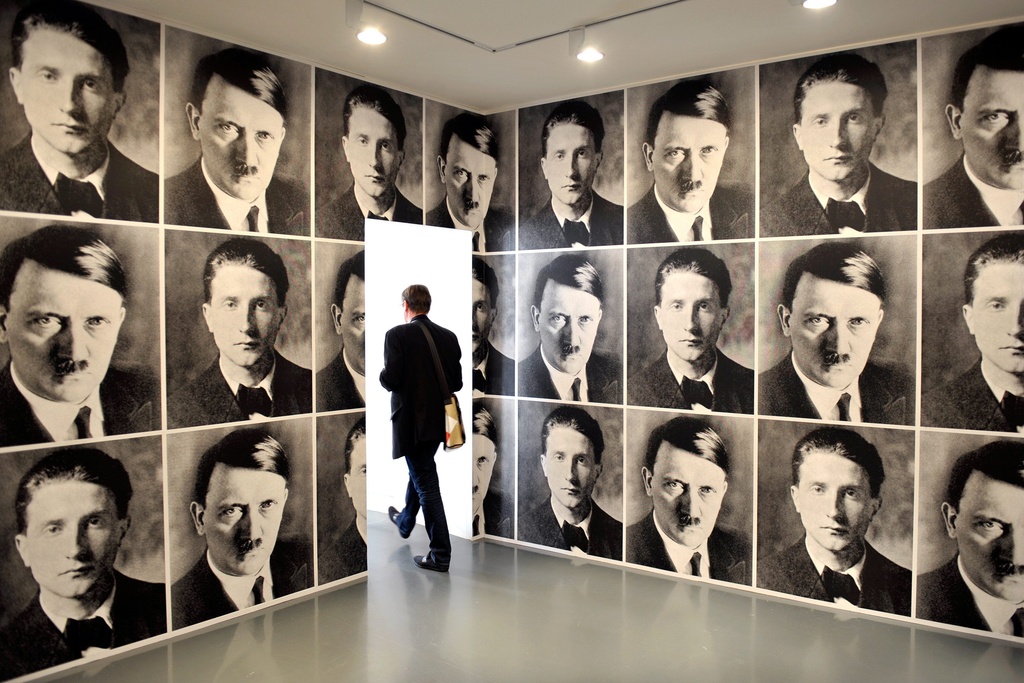
Butterflies flutter between Adolf Hitler, beer cans and other bold images. Lausanne’s Mudac Design Museum and Pully Museum are celebrating the comeback of wallpaper.
Meanwhile, the Château de Prangins takes us back in time to see how the Swiss used to decorate their walls.
The ambitious “Covering the wall. Contemporary wallpapers” exhibition in Lausanne features work by some 50 international designers and artists, including Andy Warhol, Damien Hirst and Virgil Marti.
The exhibition, curated by Marco Costantini, explores the medium, its discourse and techniques. Over the past 15 years, wallpaper has been successfully fighting back against the dominance of white wall minimalism.
Wallpaper is undergoing a “revolution” as it strives to become more meaningful, explains Costantini.
“But it remains ambiguous,” he told swissinfo.ch. “Is it a work of art or decoration? Artists play with that aspect. Are you buying a work by Damien Hirst or decoration made by Damien Hirst?”
Wallpaper is usually regarded as a decorative object – it’s ubiquity makes it almost invisible – but when used by artists this status is reversed and it “talks”, added Costantini.
The exhibition at the two museums is grouped into 13 themes, including politics, consumer society and packaging, the Rorschach and damask patterns, new technologies and trends, and conceptual, hybrid or repetitive motifs.
Boring cows
In 1966 Andy Warhol famously presented “Cow” – a pink cow’s head on a yellow background – which he used to decorate an entire room of the Leo Castelli gallery in New York.
The choice of wallpaper as an artistic medium was justified, according to Warhol: “I like boring things. I like things to be exactly the same over and over again.”
The Mudac has a wall devoted to Warhol and his 1974 “Mao Wallpaper”, with Chairman Mao Zedong’s portrait staggered in purple oval shapes. Repetition here is not only a pattern but viewed as a tool of propaganda and social control.
Engaged artists, such as Francesco Simeti, Parastou Forouhar and General Idea, denounce social, racial or political injustices through their wallpaper work. At the Pully Museum Jenny Holzer’s colourful blocks of “Inflammatory Essays” – a series of writings from 1979-1982 with extreme ideas that invite debate – covers an entire wall.
One of the most striking works on show is German artist Rudolf Herz’s “Zugzwang” – a room with checkerboard portraits of Nazi leader Adolf Hitler and avant-garde artist Marcel Duchamp side-by-side taken by the same photographer in the 1920s.
Elsewhere, Parisian artist Claude Closky creates repetitive images of consumer goods in two colours that have a striking effect while retaining a social message.
Repetitive pills and words
The imaginations of artists and designers are allowed to run riot on the huge floor to ceiling canvases.
British artist Damien Hirst uses visual devices like pills and butterflies, Studio Job plays with skeletons and Hanspeter Hoffmann cuts up body parts with spectacular results when plastered on a large wall.
By covering a wall with the infinite duplications of the words “conceptual decoration”, Stefan Brüggemann’s wallpaper pushes the idea to the limits. Pasted onto huge surfaces the statement becomes a mesmerising, rhythmical pattern similar to that of Florence Doléac and her monumental graphic repetition of the phrase “Action Acoustique”.
Other highlights include a wall of beer cans by Virgil Marti, which pays homage to Pop Art and Andy Warhol’s Campbell Soup cans and Coca-Cola bottles. His other work “Bullies” – a humorous act of revenge on his childhood tyrants – is the most expensive piece on show, estimated at $8,000 (SFr7,980) for one wall.
Among the more unusual results German artist Brigitte Zieger gives a technological twist to the idyllic Toile de Jouy motif by creating moving wallpaper – projecting animations of a moving tank, or exploding patterns, complete with sound effects.
Layers of history
Wallpaper fans in French-speaking Switzerland are spoilt for choice right now as, in addition to the contemporary exhibition, just down the lake the Château de Prangins is showing off its rich wallpaper collection that traces its evolution from the 16th century to modern day.
In 1975 when the federal authorities took charge of the château it was empty, but art historians discovered its walls concealed a historical treasure-trove.
“In one room we found up to seven different layers of wallpaper which, together with pieces conserved, gives an extraordinary panorama of the evolution of these decorations from 1760 to 1930,” explained Helen Bieri Thomson, the curator of the “Poetry of the walls” exhibition, which also brings together wallpaper from historic homes in the region.
Wallpaper originated in England at the end of the 17th century before moving to France. The golden age of wallpaper dates from 1780-1810, when the French elite chose to decorate their salons with arabesque motifs by firms including Réveillon, the Rolls Royce of wallpaper.
The Prangins exhibition has several examples from this period, as well as spectacular panoramic traditional alpine scenes from Switzerland, which were popular around the world in the 19th century. It also has interesting early fake wood wallpaper, or “Fladerpapiere”, which decorated doors, walls and beams in Switzerland in the second half of the 16th century.
“People are not aware of this important artistic and cultural heritage. In Switzerland we have no tradition of wallpaper as little was manufactured here,” explained Thomson.
Wallpaper remains for many Swiss museums and historians the “poor cousin”, said the curator.
“But Switzerland is like Britain, where lots of old homes still have their wallpaper in situ, so it’s well documented, and in places like the 18th-century Château de Mézières, it’s in an exceptional state of conservation,” said Thomson.
The “Covering the wall. Contemporary wallpapers” exhibition in Lausanne is split 50-50 between the Mudac Design Museum near the cathedral and the Pully Museum east of the city centre.
The exhibition runs until February 13, 2011.
The “Poetry of the walls” exhibition at the Château de Prangins runs until May 1, 2012.
The Château de Mezières is showing an exhibition on Art Deco wallpaper, which runs until March 27, 2011.

In compliance with the JTI standards
More: SWI swissinfo.ch certified by the Journalism Trust Initiative
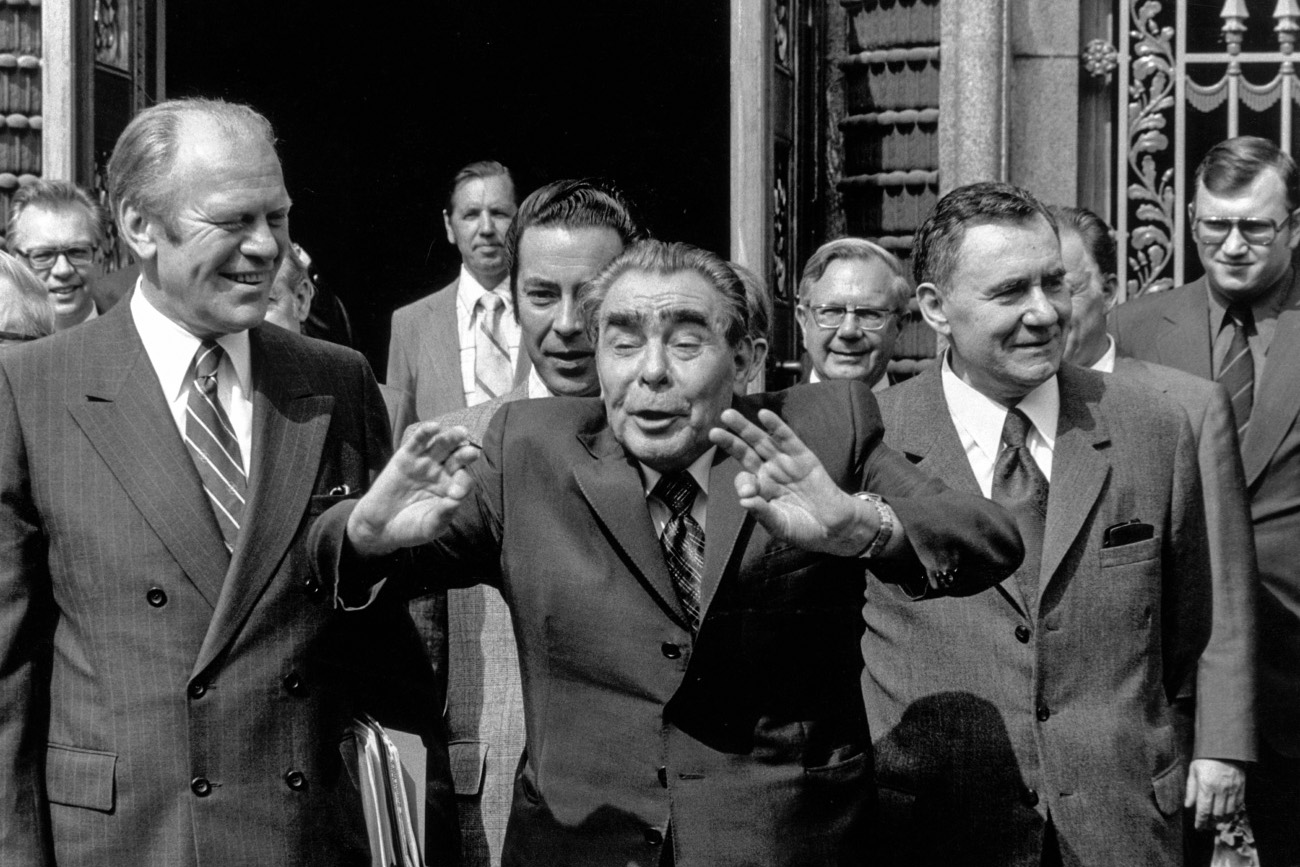




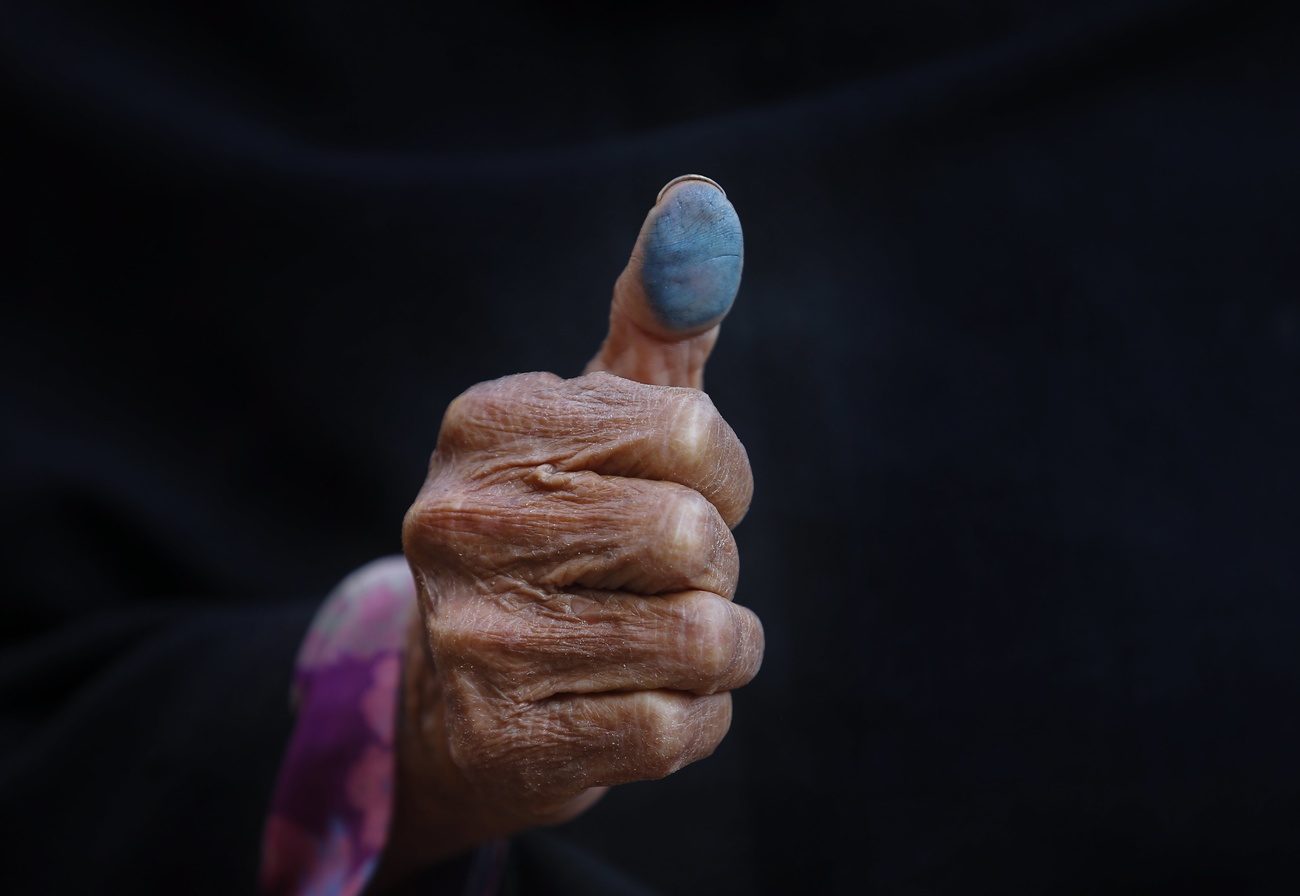










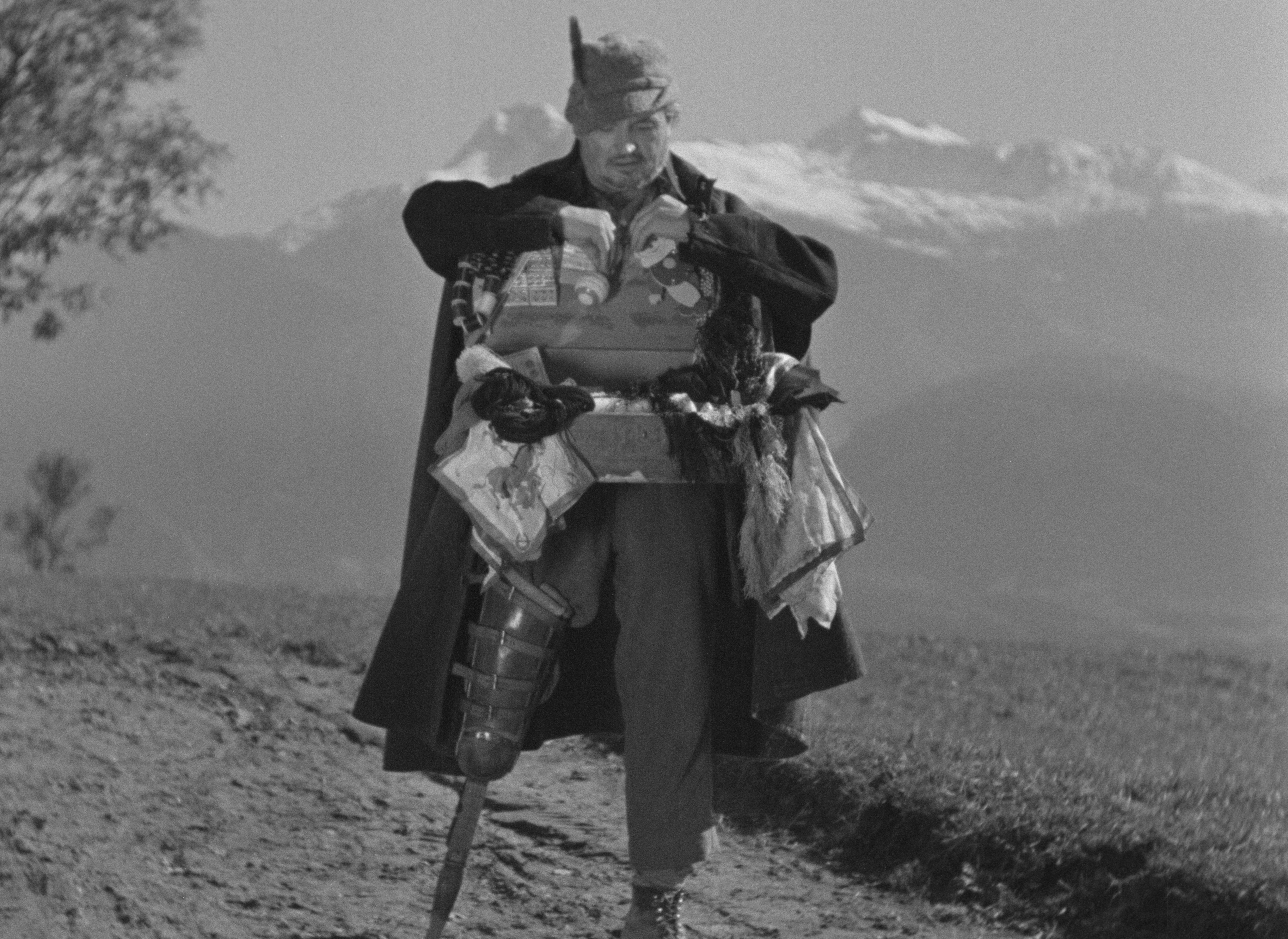



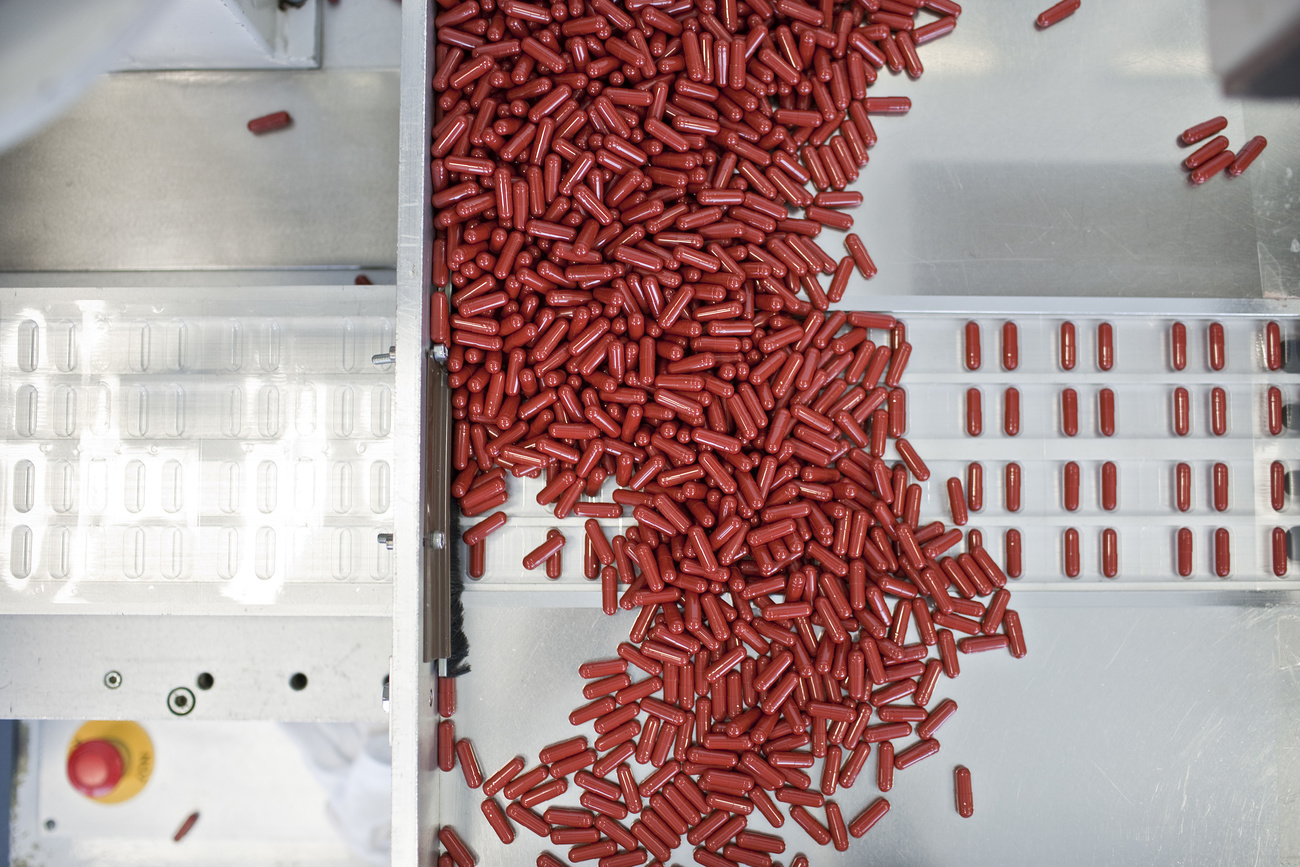
















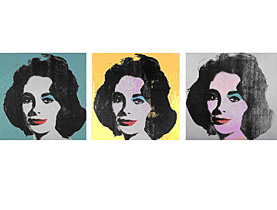

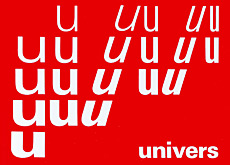



You can find an overview of ongoing debates with our journalists here . Please join us!
If you want to start a conversation about a topic raised in this article or want to report factual errors, email us at english@swissinfo.ch.